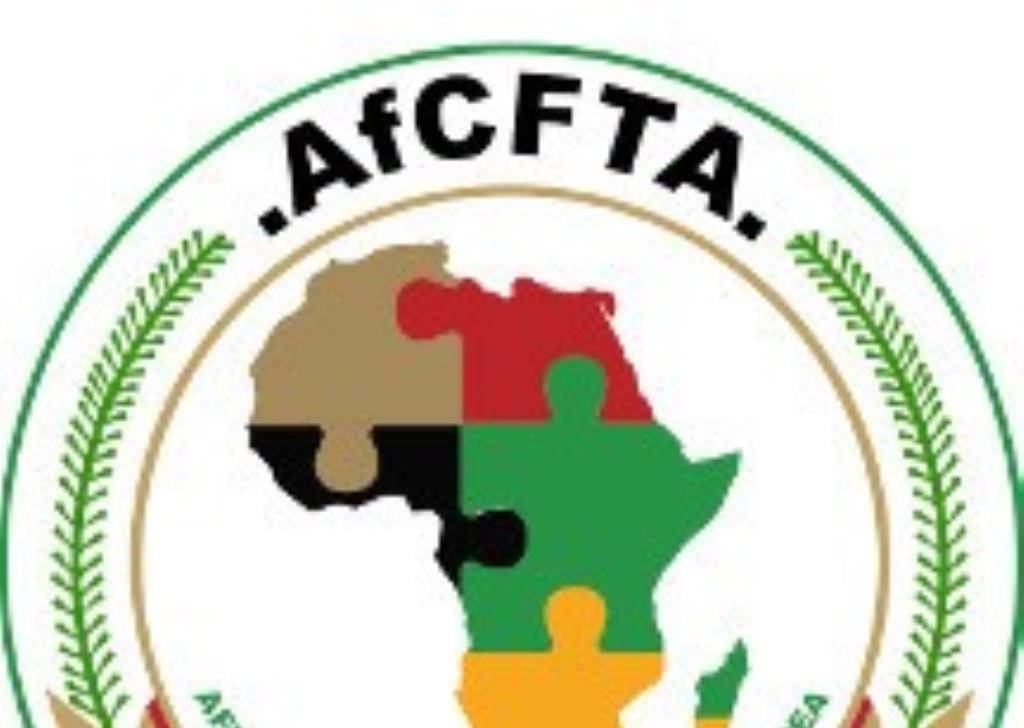Zim, Bots, Moza and SA commit to successful implementation of Limpopo basin project
ZIMBABWE and three other Southern African countries that share the Limpopo River Basin have set in motion plans to ensure sustainably use of the basin to uplift the living standards of communities through enhanced conservation of environmental resources.
Zimbabwe, Botswana, Mozambique and South Africa are part of the Limpopo River Basin as the expansive river constitutes the border area of some sections of the regional countries.
The river flows north from South Africa, where it creates the border with Botswana and then the border between South Africa and Zimbabwe, before crossing into Mozambique and draining into the Indian Ocean.
The countries have since established the Integrated Transboundary River Basin Management for the Sustainable Development of the Limpopo River Basin (UNDP-GEF Limpopo project) whose thrust is to strengthen sustainable development within the Limpopo area.
Working closely with the Limpopo Watercourse Commission (LIMCOM), and Global Water Partnership Southern Africa (GWPSA) the four countries set up a workshop earlier this month to decide on the sustainable use of the river.
At least 50 individuals from the member states participated in the meeting where they received technical support from the United Nations Development Programme (UNDP).
In a statement, LIMCOM outlined the importance of collective efforts in planning and managing resources within the river basin.
“With an estimated population of 18 million people and a catchment area of about 408,000 km2, the Limpopo Basin supports various socio-economic activities in the four countries that share the basin. These socio-economic activities include tourism, trade, mining, and agriculture,” reads the statement.
“As such, the successful implementation of the project is paramount to sustainable development in the four Riparian States of Botswana, Mozambique, South Africa, and Zimbabwe.”
It said planning should also take cognizance that the population within the basin would have reached 20 million by 2040 hence the need to have clear planning for the trans-boundary water resources in the Limpopo.
LIMCOM said the basin is also reeling from the effects of climate change amid concerns of poor water quality degradation and land degradation.
Several projects have been identified to benefit community members within the basin area with Guyu-Chelesa Irrigation Scheme in the Shashe sub-catchment in Zimbabwe expected to benefit from the programme.
“Through the Limpopo TDA and SAP, member states will agree on a set of trans-boundary priorities for the basin, which will guide both trans-boundary and national investments in the future. The main aim of implementing SLM activities at a pilot scale is to reduce land degradation including reduced sedimentation and improve land productivity for replication and up-scaling through socio-economic beneficiation opportunities inclusive of payment for ecosystem services models,” read the statement.
Zimbabwe representative to the meeting and chairperson Mr Manatsa Ruzengwe said a collective effort is needed in the management of the Limpopo River Basin saying members’ states should take its collective ownership.
“The Limpopo River Basin belongs to us and none but ourselves should be the champions of development in the basin,” he said.
LIMCOM executive secretary, Mr Sergio Sitoe, said it was pleasing to note that all technical partners were alive to how the project needs to be implemented.
“We must maintain this dialogue and flow of communication to ensure the success of the project,” he said.-chronicl









